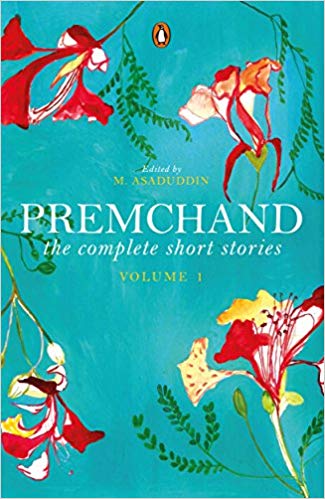It is a stupendous achievement by any yardstick, putting together the English translation of 299 to be exact of Premchand’s short stories in a collection spread over four volumes. If we add to this the work of excavation in two important Indian languages—Urdu and Hindi—for Premchand’s published and unpublished stories, and then translate into English after judicious comparison, it adds a significant research dimension to this work of translation and editing.
Premchand is generally considered to be one of the greatest novelists and story writers in both Urdu and Hindi. In Hindi, he still carries the mantle of being the greatest novelist (upanyas samrat) and quite often the greatest story writer as well. His oeuvre, composed over a period of 35 years, is quite voluminous and generally considered as depicting insightfully the events and mind-set of his age. Premchand, as a reformer and nationalist, contributed significantly to both these language streams through his writings which covered several genres such as novel, story, play and journalist article. Throughout his career Premchand remained deeply concerned about the marginalized and the subordinated. During his writing career Premchand highlighted almost every significant issue which concerned the national public life. These volumes of stories bring forth the various aspects of Premchand’s writings—as a reformist, a radical, a nationalist, a Gandhian, a socialist, a champion of the downtrodden, and also an upholder of tradition. The bewildering wide range and the uneven quality of the stories will be obvious in these collections. The vastness, versatility, and aesthetic changes in his corpus have been clearly brought out by these four volumes which are arranged chronologically.
In the first volume, there are 76 stories published between 1908 and 1919. The second volume contains 75 stories of the period from 1919 to 1926. There are 75 stories in the third volume published during 1926 and 1931. And in the fourth volume there are 73 stories published from 1931 to 1937, that is after his death. The notes in each volume contain the publication dates of each story in both languages. Sometimes, the notes offer detailed comparison between two versions which provide very useful additional information to the reader.

